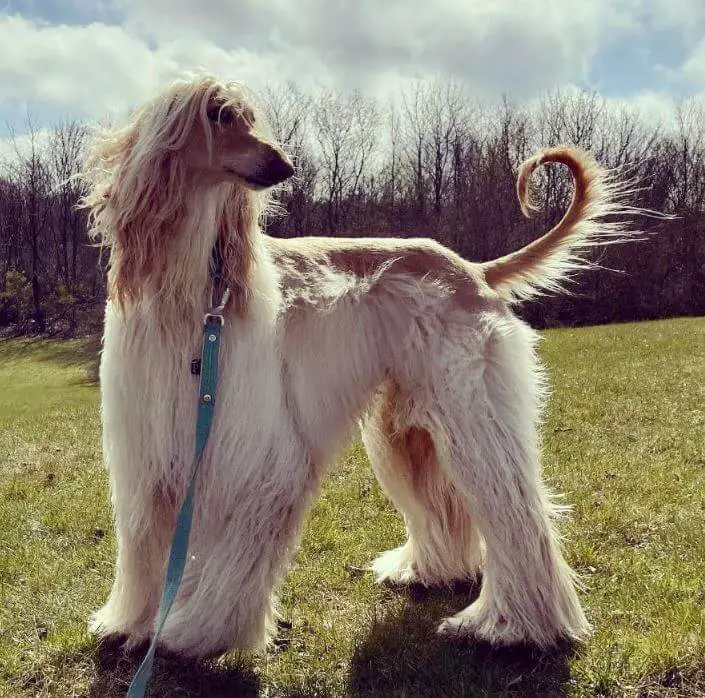Osteoarthritis, also known as degenerative joint disease, is a common condition that affects many dogs, especially as they age. This chronic and progressive disease causes inflammation and deterioration of the joints, leading to pain, stiffness, and decreased mobility. Recognizing the signs of osteoarthritis and implementing appropriate treatment strategies are crucial for improving the quality of life for dogs with this condition. In this article, we will explore the signs of osteoarthritis in dogs and effective treatment options to manage the disease.

Understanding Osteoarthritis in Dogs:
Osteoarthritis occurs when the protective cartilage that cushions the joints starts to break down, leading to inflammation and discomfort. Factors such as age, genetics, obesity, previous injuries, and certain conditions can contribute to the development of osteoarthritis in dogs.
Identifying the Signs of Osteoarthritis:
Early detection of osteoarthritis can help ensure prompt intervention and improved management. Look out for the following signs in your dog:
- Difficulty getting up or lying down
- Limping or favoring specific limbs
- Stiffness or decreased range of motion
- Reluctance to jump, climb stairs, or engage in physical activities
- Swelling or warmth in the affected joints
- Changes in behavior or decreased activity level

Veterinary Evaluation and Diagnosis:
If you suspect your dog may be suffering from osteoarthritis, it is essential to consult with a veterinarian. They will conduct a thorough physical examination, review your dog’s medical history, and may recommend additional diagnostic tests, such as X-rays or joint fluid analysis, to confirm the diagnosis and assess the severity of the condition.
Treatment Options for Osteoarthritis:
While there is no cure for osteoarthritis, various treatment options can help manage the disease and alleviate discomfort. Some effective strategies include:
- Weight management: Maintaining a healthy weight is crucial for reducing stress on the joints. Your veterinarian can provide guidance on appropriate diet and portion control.
- Exercise and physical therapy: Low-impact exercises, controlled walks, and physical therapy can help improve joint mobility, strengthen muscles, and reduce pain.
- Medications: Nonsteroidal anti-inflammatory drugs (NSAIDs), analgesics, and joint supplements (such as glucosamine and chondroitin) may be prescribed to manage pain and inflammation. Always consult your veterinarian before administering any medication to your dog.
- Cold and heat therapy: Applying cold packs or warm compresses to the affected joints can help alleviate pain and inflammation.
- Acupuncture and alternative therapies: Some pet owners find that acupuncture, chiropractic care, or laser therapy provide relief for dogs with osteoarthritis. Discuss these options with your veterinarian to determine suitability for your dog.

Lifestyle Modifications:
Making certain adjustments to your dog’s living environment can improve their comfort and mobility. Consider the following modifications:
- Providing soft bedding or orthopedic beds to reduce pressure on joints.
- Installing ramps or stairs to help your dog access elevated areas more easily.
- Using nonslip mats or rugs to prevent slipping on smooth surfaces.
Regular Veterinary Check-ups:
Regular follow-up appointments with your veterinarian are essential for monitoring your dog’s condition, adjusting treatment plans if necessary, and assessing the overall progress.

Osteoarthritis can significantly impact a dog’s quality of life, but with early detection and appropriate treatment, the effects of the disease can be managed effectively. By recognizing the signs of osteoarthritis, seeking veterinary evaluation, and implementing a comprehensive treatment plan that may include weight management, exercise, medication, and lifestyle modifications, you can help alleviate pain and improve your dog’s mobility and well-being. Remember, always consult with your veterinarian to develop a tailored approach that suits your dog’s specific needs. With proper care and attention, you can provide your dog with the best possible support and ensure they enjoy a comfortable and active life, despite having osteoarthritis.
